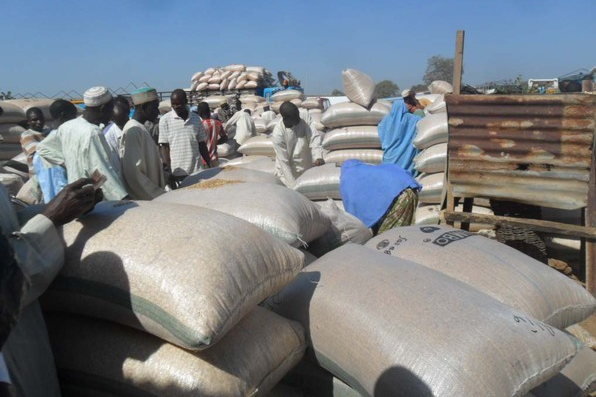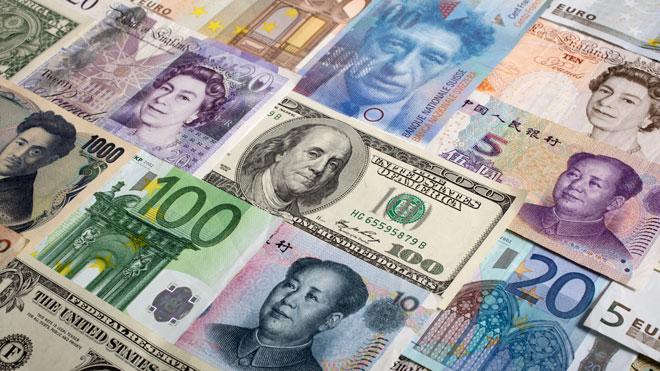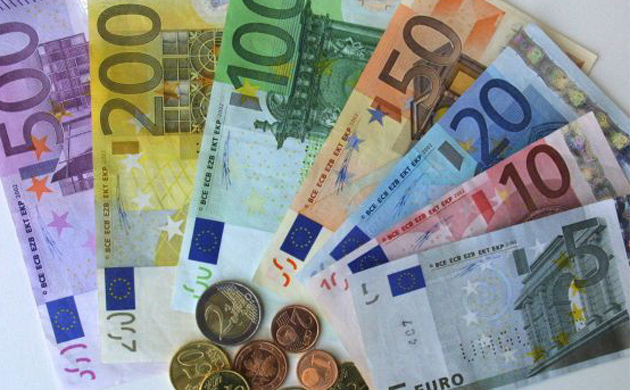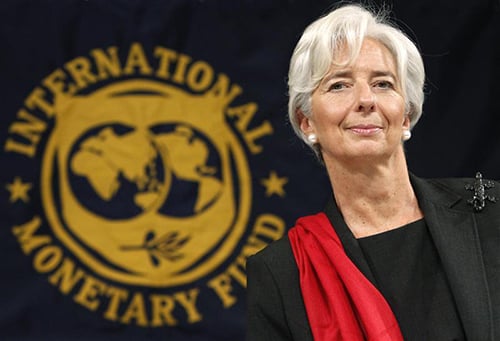The global markets were awoken by fresh China woes in the early hours of this morning following the announcement of the 2015 China annual GDP figure of 6.9% which has been the weakest full year growth for a quarter of a century. This soft GDP announcement compounds to the recent data from China which has followed a negative trajectory and has consequently intensified the mounting anxieties around the slowing pace of growth in the world’s second largest economy.
With China GDP growth below the golden 7% yearly target, the visible economic slowdown may have further elevated investors’ fears towards the failure of a series of aggressive measures by Beijing to revive growth and as such may reinforce the bearish sentiment towards the Chinese economy.
Asian stocks markets were mixed following the disappointing China GDP announcement with the Shanghai Composite trading 3.22% higher as investors pondered the likelihood of further stimulus measures from Beijing. Despite the mixed reaction in the Asia markets, the renewed wave of risk aversion from the incessant decline in oil prices and ongoing fears around the slowing global growth still weigh heavily on investor sentiment and this may drag Asian stocks lower in the near term. The anxieties around China being unable to fulfill its 7% yearly GDP target may ripple back down to the European stocks which are already heavily depressed and this contagion should drag down American equities towards the same downwards direction when the US session opens. Overall confidence in the global economy is frighteningly low, and today’s soft China GDP release may have invited further declines throughout global stocks as risk averse investors scatter away from riskier assets.
Sterling pressured ahead of CPI
Advertisement
Investor attraction towards the Sterling periodically diminishes as the recurrent concerns around the visible slowing pace of growth in the United Kingdom has provided little incentive for the Bank of England (BoE) to raise UK rates. The lingering impact of the BoE’s decision last week to leave UK rates unchanged due to the anxieties around stagnant wage growth and static inflation has left the pound vulnerable, while external factors such as the slowing global growth and aggressive depreciation in oil prices continue to elevate fears around the UK economy being open to threats abroad. Inflation in the United Kingdom has been notoriously low for an extended period and if Tuesday’s CPI report follows the same disappointing pattern, then the BoE may be provided with yet another compelling reason to push back UK interest rate rise expectations deep into early 2017.
The GBPUSD remains heavily bearish on the daily timeframe and the short term interest rate differential between the BoE and the Fed should offer an opportunity for bearish investors to send the GBPUSD lower. From a technical perspective, previous support around 1.4300 should act as a dynamic resistance and this should encourage sellers to send prices towards 1.4000.
The Eurozone’s bout with inflation
Advertisement
The Eurozone continues to battle with stubbornly low inflation levels while the stalling economic growth in Europe has left the European Central Banks credibility on the line. Falling commodity prices and decelerating global growth have obstructed the ECB’s 2% inflation target and it seems likely that the central bank may be forced to slash inflation forecasts as investors have lost faith in the ability of policymakers. It is widely speculated that the ECB will keep rates unchanged on Thursday during the press conference while Mario Draghi may be expected to reiterate his dovish view on the health of the Eurozone in an attempt to talk down the value of the Euro.
Commodity spotlight – WTI Oil
The mounting anxieties around Iran’s return into the heavily saturated international oil markets following the sanctions lift has resulted in WTI oil plunging to fresh 12 year lows of $28.60 during trading on Monday. Investor attraction towards oil remains haunted as speculations swell around the possibility of Iran pumping as much as 500,000 bpd of crude oil while ongoing fear that demand for the commodity may be waning has prevented any opportunity for a recovery in value.
The damage of OPEC’s decision to leave production unchanged in December is quite visible in the markets and most investors have already started to bet that the cartel may follow the same decision in future meetings in an attempt to prevent Iran from re-attaining its lost market share. WTI remains bearish from almost every direction and with no clear signs of an emergency meeting coming forth despite oil prices consistently trading to fresh 12 year lows; bearish investors may continue to attack prices towards the lows of August 2003 at $25.
Advertisement
From a technical standpoint, WTI is heavily bearish on the daily timeframe. Prices are trading below the daily 20 SMA and the MACD has crossed to the downside. If prices breakdown and close below $29 on the daily timeframe, sellers may be encouraged to send prices towards $25.
GBPAUD
The GBPAUD is in the process of becoming technically bearish on the daily timeframe. Prices are trading in the process of trading below the daily 20 SMA and the MACD has crossed to the downside. If bears can keep below the potential new lower high at 2.100 then prices may decline towards 2.0150.
For more information please visit: ForexTime
Advertisement
Add a comment







